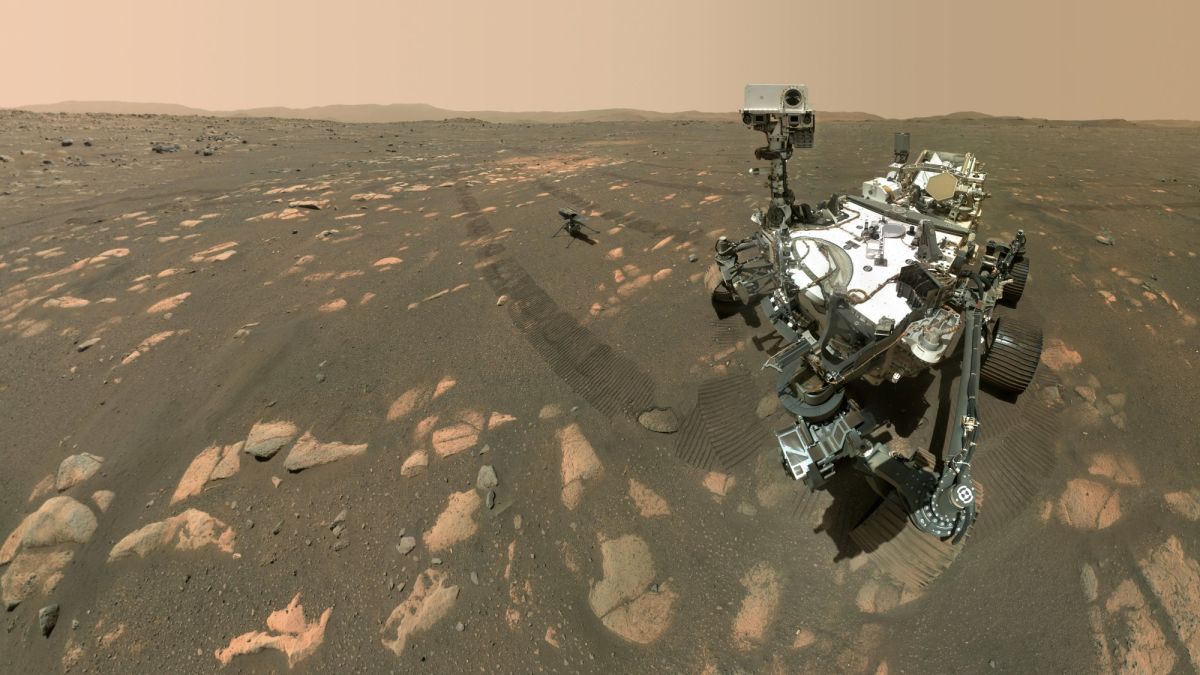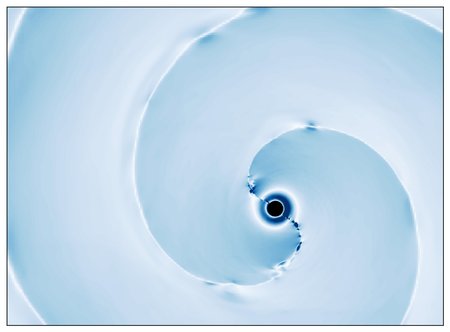
Ingenuity, the small helicopter that accompanied NASA’s Perseverance rover to Mars, was designed to make just a handful of flight tests after the duo landed in the Red Planet’s Jezero Crater in February 2021.
Since then, Ingenuity has far exceeded design expectations, with 28 flights under its belt. However, conditions in Jezero Crater have changed since the craft’s arrival.
Ingenuity took its first flight in April 2021, during springtime in the Jezero area. Now, winter temperatures, which can drop to around minus 112 degrees Fahrenheit (minus 80 degrees Celsius) at night, are impelling changes in Ingenuity’s activities and software to keep the vehicle functional through the colder season.
Related: 1 year later, Ingenuity helicopter still going strong on Mars
As temperatures decreased over the past several weeks, operators at NASA’s Jet Propulsion Laboratory (JPL) in Southern California began putting Ingenuity to sleep every night as a way of protecting its systems from the harsh conditions. Even so, extreme fluctuations between day and night temperatures have caused stress on Ingenuity’s components, and recent diagnostics revealed a failure in the vehicle’s inclinometer, one of its navigational sensors, mission team members announced in a status update (opens in new tab) on Monday (June 6).
The inclinometer is responsible for supplying Ingenuity’s flight software with gravimetric data prior to takeoff. This data allows Ingenuity to determine its position relative to the downward pull of Mars’ gravity and enables calculations of the vehicle’s roll and pitch prior to takeoff, Ingenuity chief pilot Håvard Grip of JPL explained in the status update. Without this initial data, the vehicle’s software cannot determine proper orientation for Ingenuity during flight. But Grip and his colleagues think a redundancy in the helicopter’s sensor array may allow them to keep Ingenuity flying.
Redundancy is the name of the game for NASA engineers, even when it comes to technology demonstrators with short life expectancies such as Ingenuity. Mission team members had envisioned a possible inclinometer failure under a number of various hypothetical scenarios, so they were ready with a software patch to address the issue well before the rover/copter duo’s arrival on Mars last year.
Related stories:
In addition to the inclinometer, the helicopter’s navigational sensors include an inertial measurement unit (IMU) to measure acceleration and angular velocities, a laser rangefinder to measure altitude and a camera for taking pictures during flight.
Both the inclinometer and the IMU operate using accelerometers to determine orientation. However, the inclinometer does not operate during flight, only during preflight. With the inclinometer no longer functioning, the Ingenuity team aims to doubly purpose the accelerometer in Ingenuity’s IMU to collect preflight gravitational data, as well as in-flight inertial awareness.
Officials at JPL have indicated the software patch will take several sols (Martian days) to completely upload and will be followed by another round of vehicle diagnostics.
“Barring additional surprises, we anticipate that Ingenuity will take to the skies for Flight 29 — a repositioning move to the southwest designed to keep us within communication range of Perseverance — in the near future,” Grip wrote in Monday’s update.
Follow us on Twitter @Spacedotcom (opens in new tab) or on Facebook (opens in new tab).



